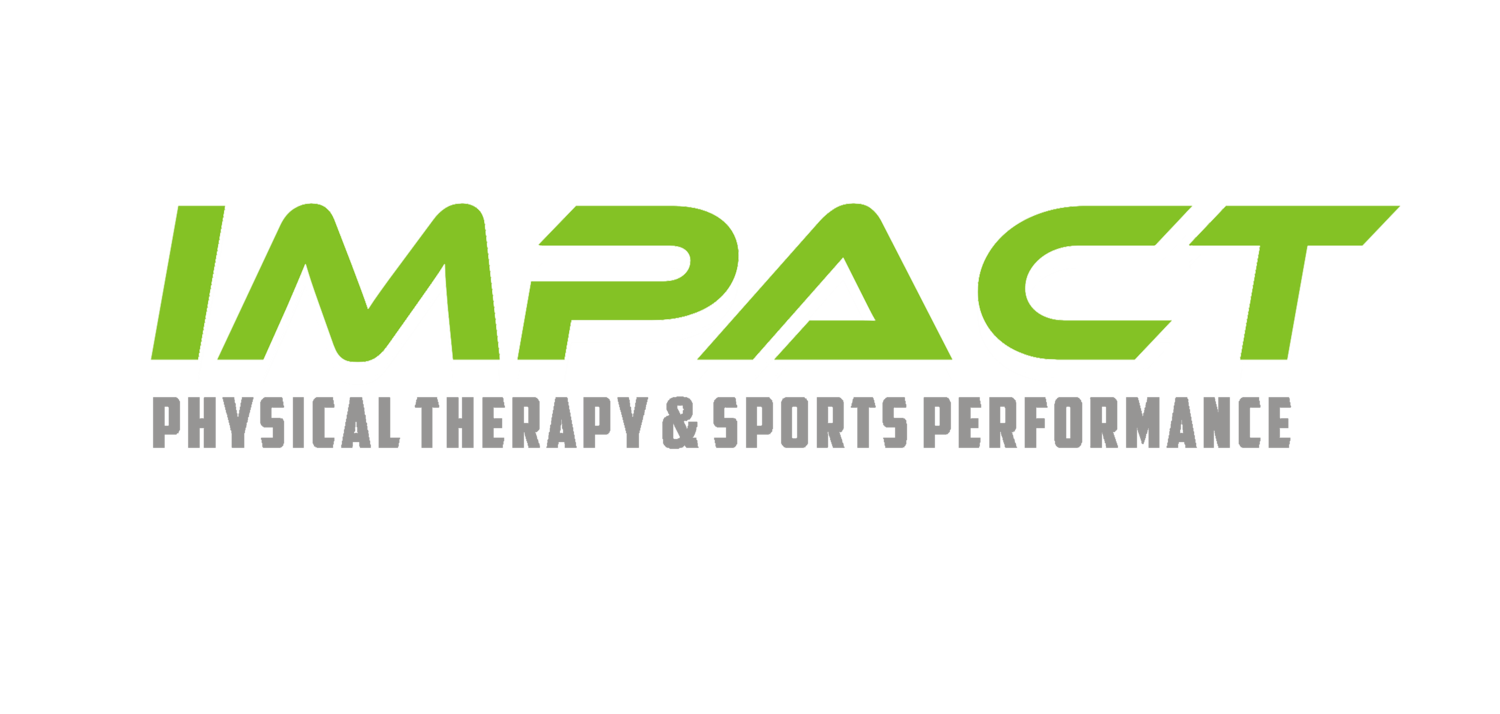The Ultimate Blood Flow Restriction Training Guide
Gym “gains” with traditional strength training requires high-intensity training utilizing loads of at least 70% of 1-repetition max or lower loads (30-50%RM) until failure. However, there is a plethora of research indicating that similar hypertrophy changes can occur when using blood flow restriction with low-load resistance training (20-40% RM). Bottom line: You can get similar strength changes in less time with less weight lifted, with less chance of injury using blood flow restriction training.
What is Blood Flow Restriction Training?
Blood flow restriction (BFR) is a training method that involves using a pneumatic cuff or tourniquets to partially restrict blood flow to working muscles during exercise. The cuff is typically applied to the upper arm or upper leg and inflated to a level of occlusion. The level of occlusion varies and should be individualized; the cuff on the arm is typically inflated between 40-50% of LOP and the cuff on the leg is typically inflated between 60-80% of LOP. This can be done manually or can be done with the use of machines (ie smart tools or delfi unit). The weight used should be 20-40% of an individual’s 1 repetition maximum.
Blood Flow Restriction Training Protocol:
Apply the cuff to the upper arm or upper leg
Inflate to desired level of occlusion
For the arm: 40-50% of LOP
For the leg: 60-80% of LOP
Complete the exercise of your choosing. Weight used should be 20-40% of an individual’s 1 repetition maximum.
Set/Rep scheme: The most common BFR protocol is 30 repetitions followed by 30 seconds rest and then 3 rounds of 15 repetitions with intermittent 30-60 seconds of rest.
If performing multiple exercises, the cuff should be deflated for 1 minute following completion of the 4 rounds mentioned above before beginning the next exercise.
The Science Behind Blood Flow Restriction Training
The concept behind blood flow restriction training is that partially restricted blood flow causes a build up of metabolic waste further causing metabolic stress. This build up triggers a physiological response that are proven to stimulate muscle growth. On a hormonal level, there is an increase in growth hormone, which is responsible for muscle growth and repair, as well as transient increases in testosterone. which promotes muscle growth and development. Another key factor is that stimulation of growth hormone also helps stimulate production of insulin-like growth factor-1 (IGF-1), which is important for muscle hypertrophy.
Who should not use Blood Flow Restriction Training?
Blood Flow Restriction Training should not be used in those with the following:
History of blood clots and/or circulatory issues
High blood pressure
Nerve damage
Open fracture
Extremity infection
Do not try BFR on your own without having had a few sessions with a trained professional first. Impact Physical Therapy and Sports Performance offer Blood Flow Restriction training at our Kendall location. Contact us to learn more.

